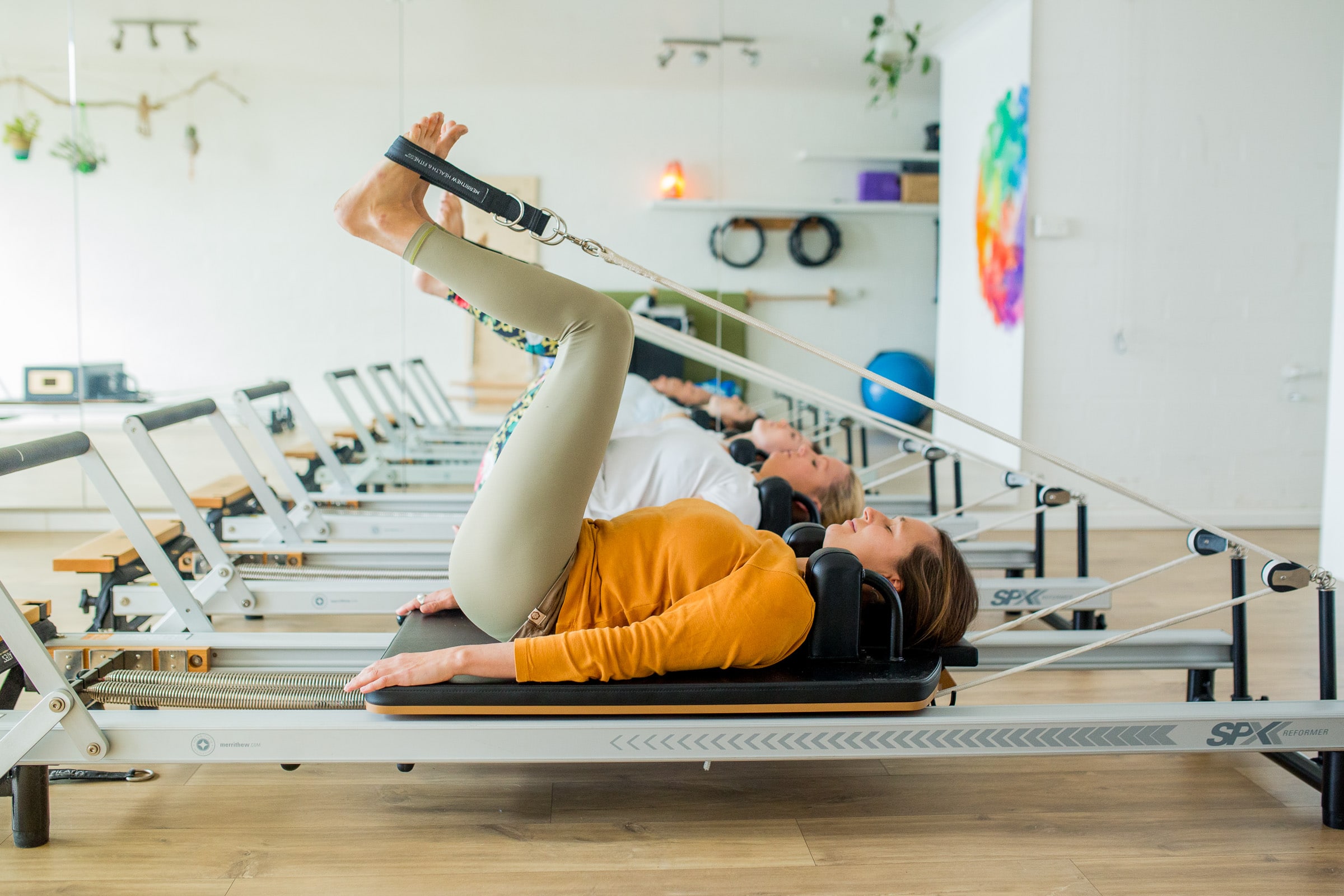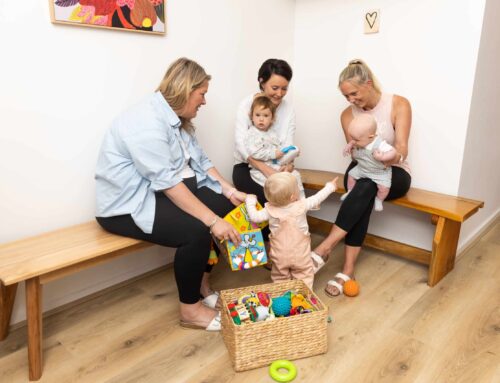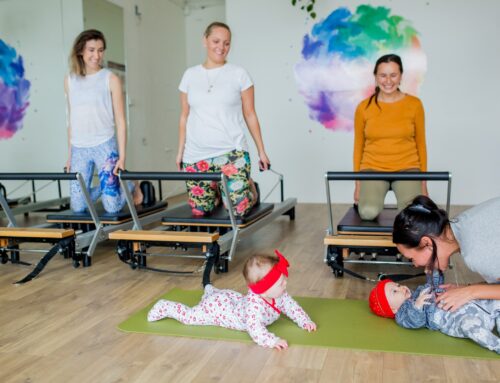
Where did Pilates come from?
Pilates was invented by a man named Joseph Pilates in the 1920s to help rehabilitate returned soldiers from war.
It has had a diverse history with many differing schools of thought, particularly in recent years. We talk about pilates as being either classical or contemporary these days. In other words, traditional pilates vs modern pilates.
Traditional Pilates
The classical pilates approach is supported by a more anatomical viewpoint, looking at posture, imbalances in the body, spinal and pelvic positioning, breath and control of movement. It aims to stabilise (strengthen) the parts of the body that are hyper-mobile or weak (too stretchy or not working), as well as mobilise (stretch) the parts of the body that are too tight. A classical pilates approach looks to find balance between the front side and the back side of the body, by either lengthening or strengthening isolated muscle groups.
This is the type of pilates you will still find in a clinical setting such as a physiotherapy clinic or from a traditionally trained instructor.
Modern Pilates
The contemporary approach supports the idea that all general movement is good movement and does not focus on things like breath patterns, specific form for postural accuracy, or deep core or pelvic floor activation. It suggests that global (general whole body) movement or exercise is just as effective in increasing bodily strength and function, as the classical approach. Classes generally mix some classical pilates exercises in with more dynamic modern exercises, and generally move faster with a focus on strength and endurance.
This new approach to pilates has become more popular and accessible in recent years with the growing number of fitness based pilates franchises opening up in most suburbs.
Which style of Pilates is best?
In my opinion, there is no right or wrong and there are times for both. Everyone has different needs and all pilates practise should be beneficial, however that is for the individual. From my perspective, having the qualifications and experience to teach both methods is ideal, so the instruction can be specific to the individuals needs and how they most effectively achieve results.
Which style of Pilates does Village Birth teach?
At Village Birth, we do tend to lean more on the traditional side of things teaching foundational basic principles of classical pilates when it’s appropriate, particularly when it comes to pregnancy modifications and safe movement, but we also know there are times to just get moving and to prepare the body for birth with some endurance training and leg burn! Most classes end with a beautiful guided relaxation meditation, to help condition a deep state of relaxation and calm, in preparation for childbirth.
Our approach is one of balance and care.
We believe that a strong mind and body, as well as a good support network around you – are key ingredients for a positive pregnancy and birth experience.


